If you are looking to export your logistics or planning to get into the logistics transportation business then the understanding of EDI is very useful and crucial for you. EDI full form in shipping stands for Electronic Data Interchange. If you’re part of the shipping industry, having a solid grasp of EDI isn’t just helpful—it’s indispensable. But what exactly is EDI, and how does it work? Let’s delve into the significance of EDI, how it automates processes, and the transformative impact it’s having on the logistics sector.
What is EDI in Shipping and Logistics?
EDI, or Electronic Data Interchange, is a technology that facilitates the exchange of business documents in a standardized electronic format between companies. In the context of shipping, EDI is particularly valuable because it enables seamless information transfer across different platforms, making communication between partners smoother and more efficient.
The essence of EDI lies in its ability to automate the exchange of crucial business documents. Whether it’s a purchase order, a bill of lading, or an invoice, EDI ensures these documents are transmitted and received in a format that the recipient’s system can easily process. This automation drastically reduces the need for manual labor and minimizes the potential for human error.
Types of Documents Managed by EDI
EDI handles a wide variety of documents, each fulfilling a specific function in the shipping process. Some of the most commonly used EDI documents include:
- Purchase Orders: These detail the products, quantities, and agreed-upon prices.
- Bill of Lading: A legal document that outlines shipment details.
- Shipping Notices: Provide information about the contents and packaging of a shipment.
- Invoices: Requests for payment for goods or services provided.
Now that we have covered the basics of EDI, we will now understand the working of EDI and its operation using specialized software.
Also read- Getting Started with Basics of Cross-Border Ecommerce: Dos, Don’ts And Tips
How Does EDI Work?
Gaining a thorough understanding of how EDI operates can significantly deepen your appreciation of its role in the shipping and logistics industry. EDI functions through a carefully defined process that utilizes specialized software to automate and streamline the exchange of business documents between various parties. Let’s break down these steps to see exactly how EDI works and why it is so effective.
Step 1: Entering Data
The initial step in the EDI process involves inputting the necessary data into your EDI software. This data might pertain to an order, shipment, or any other transaction. For example, when a purchase order is generated within your internal system, the EDI software extracts the relevant information—such as item details, quantities, prices, and delivery instructions—and organizes it into a standardized format.
This step is crucial because it ensures that the information is accurate and ready for transmission. The EDI system plays a pivotal role here by standardizing the data, making it universally understandable across different platforms.
Step 2: Sending Data
After the data has been correctly formatted, the EDI software sends it to the recipient via a secure communication channel. This could involve using a Value-Added Network (VAN) or establishing a direct connection between trading partners. Secure transmission is vital to maintain the integrity of the data, ensuring that it reaches its destination without any alterations or loss.
Typically, the data transmission process occurs almost instantaneously, enabling near-real-time communication between businesses. This speed is one of the significant advantages of using EDI, as it eliminates delays that are commonly associated with traditional methods like postal services or even email.
Step 3: Connecting with Trading Partners
Once the data is transmitted, the recipient’s EDI software automatically receives it and converts it back into a format that their internal systems can process. For instance, a supplier receiving a purchase order via EDI will have the document automatically integrated into their order processing system.
This eliminates the need for manual data entry, thereby reducing the likelihood of errors and expediting the entire transaction process. The standardization aspect of EDI is particularly crucial here, as it ensures that all parties are working with the same data format, fostering better communication and collaboration.
Visual Process Example
To better illustrate how EDI works, consider this simplified visual example of the EDI process in the context of a purchase order:
- Entering Data: A buyer creates a purchase order within their internal system. The EDI software captures the details—such as product codes, quantities, and delivery instructions—and converts them into a standardized EDI format.
- Sending Data: The EDI software transmits the purchase order to the supplier via a secure channel, ensuring that the information is protected during transmission.
- Receiving and Processing: The supplier’s EDI software receives the purchase order, converts it back into a format that their system can understand, and automatically updates their order processing system with the new order details.
This entire process occurs within seconds, showcasing the speed and efficiency that EDI brings to shipping and logistics operations.
Detailed Example: EDI in Action
To further illustrate EDI’s functionality in a real-world context, consider the following scenario:
Scenario: A large retail chain needs to restock a popular item across multiple locations.
- Step 1: Purchase Order Creation: The retail chain’s inventory management system flags the need for restocking and automatically generates a purchase order. This order includes item codes, quantities required for each location, and delivery instructions. The EDI software then converts this purchase order into the standardized EDI 850 format.
- Step 2: Secure Transmission: The EDI 850 document is sent to the supplier through a secure EDI connection. The supplier receives the document almost instantly, enabling them to start processing the order without delay.
- Step 3: Supplier Processing: Upon receiving the EDI 850, the supplier’s EDI system converts the document back into their internal format. The order is automatically integrated into their order processing system, and the necessary items are allocated from their inventory.
- Step 4: Advance Ship Notice: As the supplier prepares the shipment, they send an EDI 856 (Advance Ship Notice) back to the retailer. This document includes details about the shipment contents, packaging, and estimated delivery time.
- Step 5: Invoice and Payment: After the shipment is delivered, the supplier sends an EDI 810 (Invoice) to the retailer. The retailer’s system processes the invoice, and payment is issued accordingly.
Key EDI Documents in Shipping and Logistics
- EDI 850 – Purchase Order
The EDI 850 is a staple in the shipping industry. It contains details about the products, quantities, and agreed prices between a buyer and a supplier. - EDI 856 – Advance Ship Notice
The EDI 856 provides critical information about the contents of a shipment, including details about packaging and handling. This document is essential for ensuring that the recipient knows exactly what to expect. - EDI 211 – Bill of Lading
The Bill of Lading, or EDI 211, is a legal document that outlines the specifics of a shipment, such as the type of goods being shipped, the quantity, and the destination. - EDI 810 – Invoice
The EDI 810 is an electronic invoice used to request payment for goods or services provided. It includes all necessary transaction details, making it easy for the recipient to process payment. - EDI 214 – Transportation Carrier Ship Status Message
The EDI 214 provides real-time updates on the status of a shipment, including delivery confirmation details. This document is crucial for tracking shipments and ensuring that everything is proceeding as planned.
EDI is a very powerful tool to incorporate in your business, it is very reliable and comes with many benefits. Let’s discuss them one by one.
Benefits of EDI in Shipping and Logistics Faster and Error-Free Processing
One of the most significant advantages of EDI is the speed and accuracy it brings to document processing. By eliminating manual data entry, EDI ensures that documents are processed quickly and without errors.
- Automated Data Entry and Validation: EDI automates the data entry process, ensuring that all information is accurate and validated before being transmitted. This greatly reduces the chances of errors and discrepancies.
- Real-Time Information and Tracking: EDI provides real-time information about your shipments, making it easier to track orders, monitor shipments, and ensure that everything is running on schedule.
- Integrated Communication System: EDI creates an integrated communication system that connects all trading partners on a single platform. This ensures that everyone has access to the same information, reducing the chances of miscommunication.
- Environmentally Friendly by Reducing Paper Usage: By eliminating the need for paper documents, EDI also contributes to environmental sustainability—a crucial consideration in today’s world where sustainability is a growing concern.
- Increased Efficiency and Cost Savings: The efficiency gains from EDI translate into significant cost savings. By automating processes and reducing errors, EDI decreases the need for manual labor, thereby helping you save on operational costs.
- Improved Customer Service and Partner Relations: EDI enhances customer service and partner relations by ensuring that all transactions are smooth and error-free. This fosters stronger business relationships and leads to increased customer satisfaction.
With EDI’s transformative benefits in shipping and logistics, it’s essential to partner with a provider that combines cutting-edge technology with end-to-end expertise to streamline your global supply chain.
Choose Intoglo as your trusted logistics partner for seamless, efficient, and eco-friendly door-to-door shipping solutions from India to the USA. Whether it’s hassle-free customs clearance, real-time tracking, or comprehensive warehousing services, Intoglo delivers tailored solutions to meet your unique needs. Experience faster turnarounds, transparent pricing, and unparalleled customer support.
Disadvantages of EDI in Shipping and Logistics
One potential drawback of EDI is that transmissions can sometimes be time-consuming, particularly when large amounts of data are involved.
- Cross-Compatibility Issues with Different Standards: EDI operates under various standards, which can occasionally lead to compatibility issues between different systems.
- Expensive Setup and Maintenance: Implementing EDI can be costly, especially the initial setup and ongoing maintenance.
- Learning and Implementation Challenges: Learning to use EDI effectively can be challenging, particularly for companies new to the technology.
- Additional Costs for Staff Training: To use EDI efficiently, staff members need to be trained, which can increase the overall cost of implementation.
- Dependency on Partners’ EDI Integration: Lastly, the success of EDI largely depends on your trading partners’ integration with the system. If they are not using EDI, it can limit the system’s effectiveness.
Steps to Implementing EDI Choosing the Right EDI Software
The first step in implementing EDI is selecting the right software. You need a solution that meets your business needs and is compatible with your trading partners’ systems.
Step 1: Integrating EDI with Existing Business Tools
Once you’ve chosen your software, the next step is integrating it with your existing business tools, such as your ERP or WMS.
Step 2: Setting Up Connections with Trading Partners
After the software is integrated, you’ll need to establish connections with your trading partners to ensure that everyone is on the same platform and data can be exchanged seamlessly.
Step 3: Ensuring Data Accuracy and Compliance
Data accuracy is paramount in EDI, so it’s crucial to ensure that all data is accurate and compliant with industry standards.
Step 4: Ongoing Support and Training
Lastly, ongoing support and training are essential to ensure that your team can use EDI effectively and that the system continues to function smoothly.
Also read: 20-Foot Container: Dimensions, Size, and Uses
The Importance of EDI Compliance Meeting Partner Requirements
Compliance with EDI standards is critical to meeting partner requirements, ensuring that all transactions are smooth and error-free.
Avoiding Fines and Chargebacks
Non-compliance with EDI standards can lead to fines and chargebacks, so it’s essential to ensure your system is compliant.
Maintaining Strong Business Relationships
EDI compliance also helps maintain strong business relationships by ensuring that all transactions are conducted smoothly and without errors.
Ensuring Data Privacy and Security
Finally, EDI compliance is vital for ensuring data privacy and security—an absolute must in today’s digital world.
The Future of EDI in Emerging Trends and Advancements
The future of EDI is promising, with emerging trends and technological advancements making it even more efficient and effective.
Greater Integration with Real-Time Data Systems
One of the most exciting developments in EDI is its greater integration with real-time data systems, allowing for even more accurate and timely information.
Potential Impact of Blockchain and IoT on EDI Processes
Lastly, the potential impact of blockchain and IoT on EDI processes is immense. These technologies could revolutionize how EDI is used, making it even more secure and efficient.
Conclusion
Understanding EDI and how it works in shipping and logistics is crucial for anyone involved in this industry. By automating processes, enhancing accuracy, and reducing costs, EDI is a powerful tool that can help you stay ahead in this competitive industry.
Stay ahead in the competitive world of shipping and logistics with Intoglo, your trusted partner for seamless international freight solutions. Intoglo specializes in door-to-door FCL shipping from India to the USA, providing end-to-end logistics services that offers pan India pickup and operates from all major dry and wet ports across India.
Our comprehensive offerings include:
- PAN India pickups within 24 hours
- AI-Based HTS Code Scanner allows exporters to take a photo of an item and view the HS Code of the item
- Customs bond services for USA exporters
- 10 free days at USA ports with premium shipping lines
- Customs bond services and express clearance facilities
- Dedicated 50+ warehouses and specialized transloading options
Intoglo ensures your supply chain is optimized with transparency, efficiency, and expert support at every step.


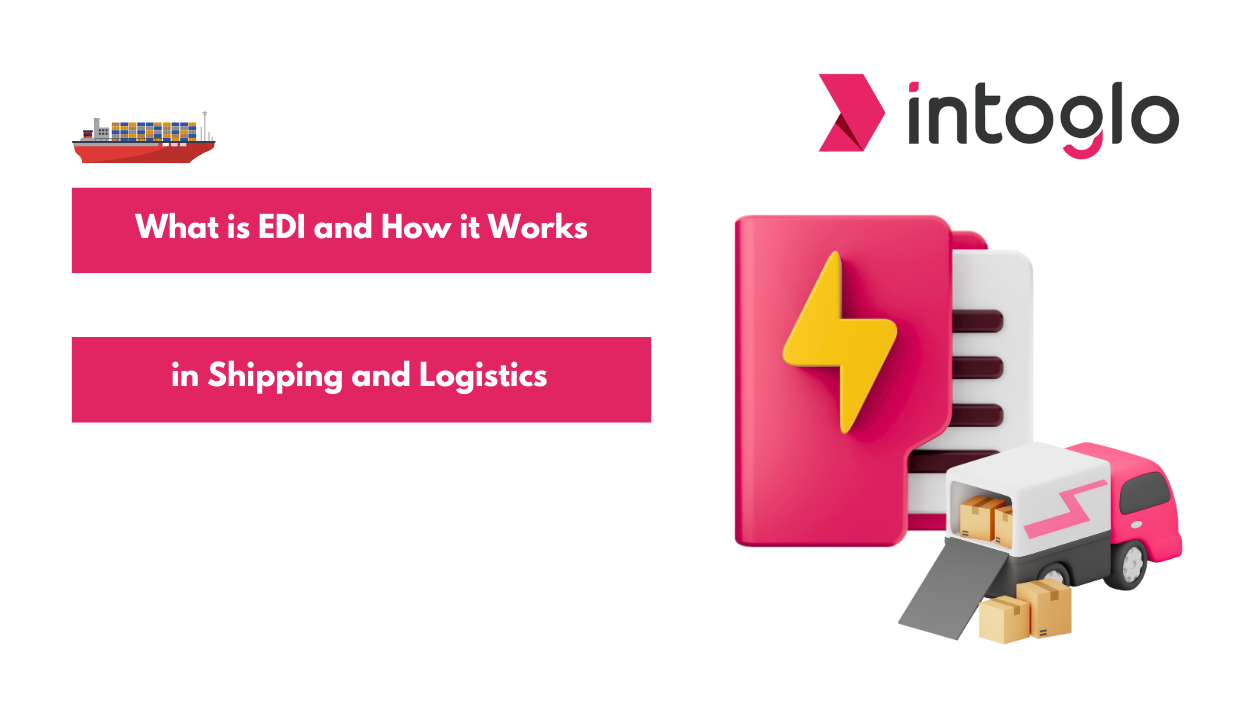

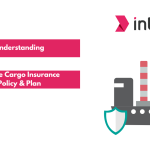
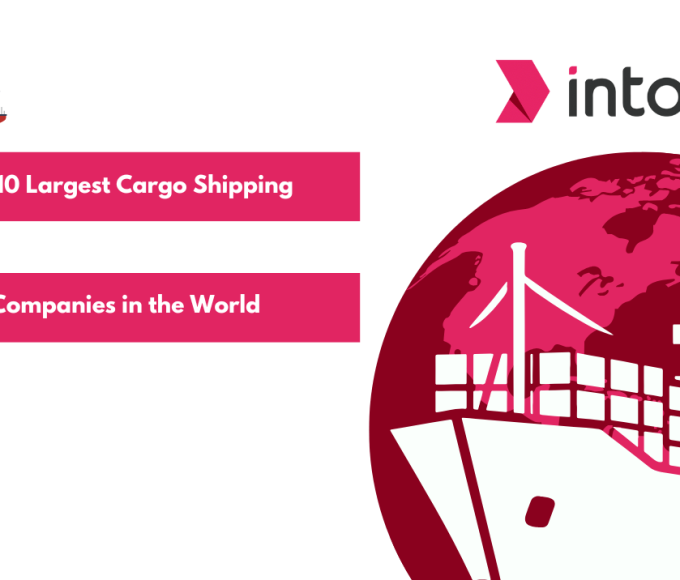
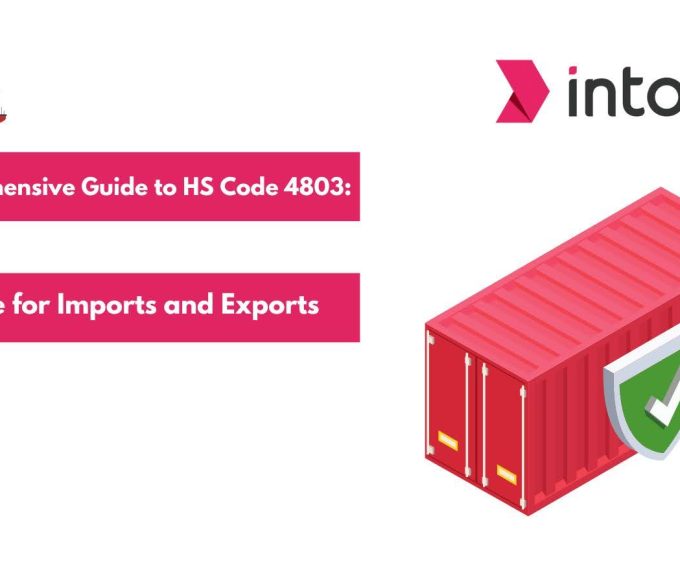
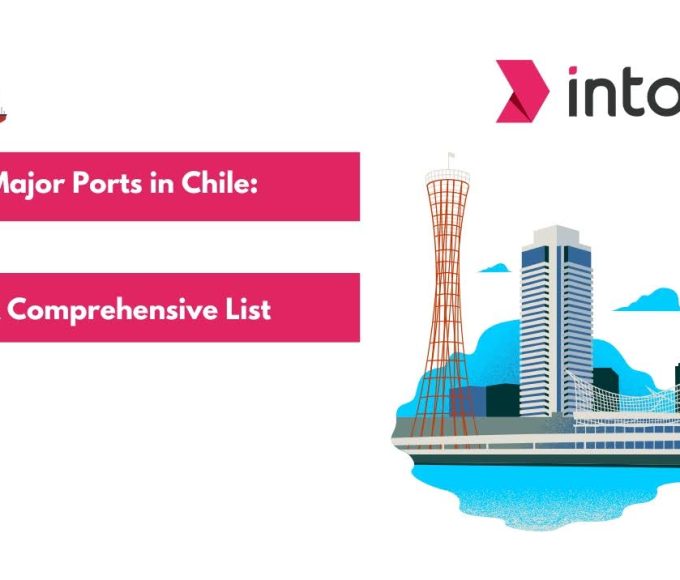
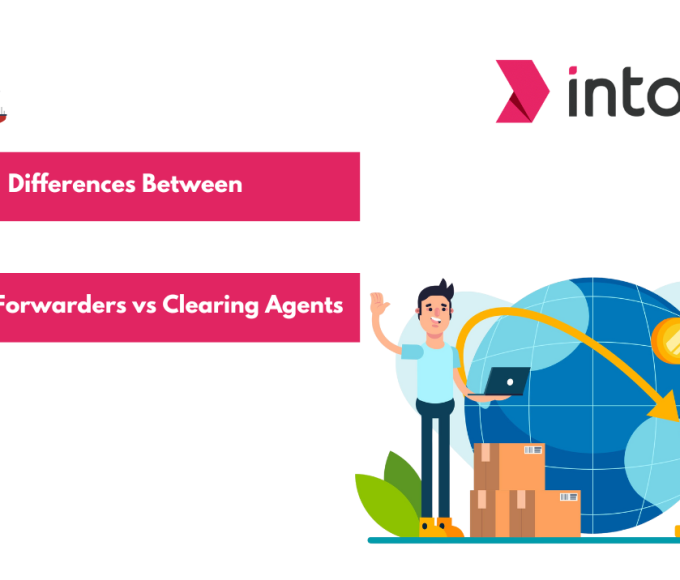
Leave a comment